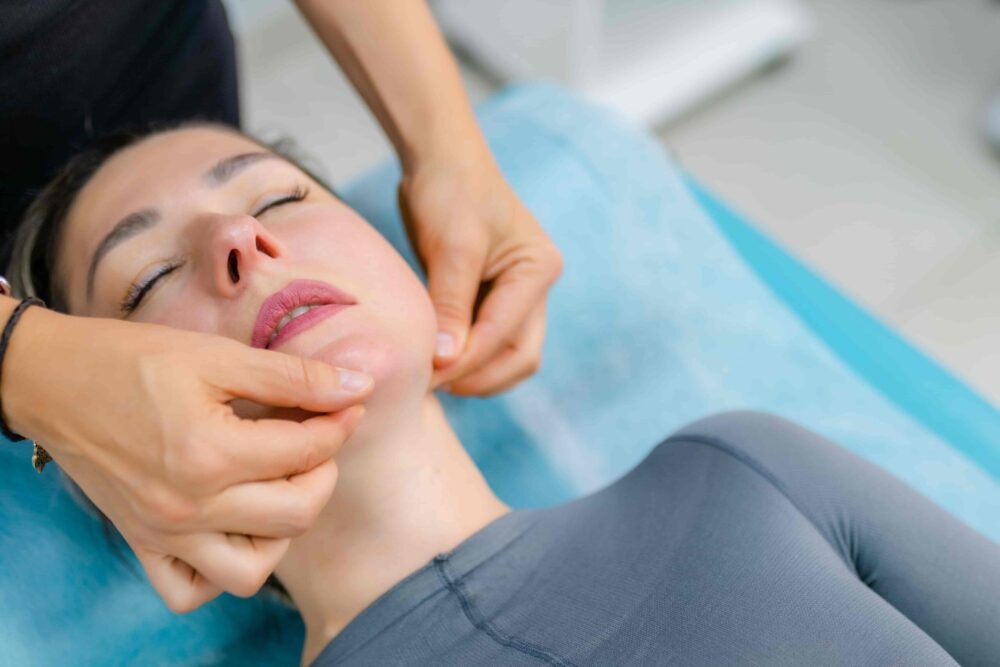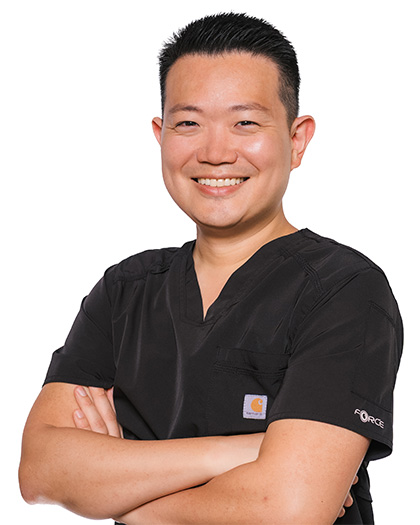Understanding TMJ Disorders
Your temporomandibular joint (TMJ) connects your jawbone to your skull and enables essential movements like chewing, speaking, and yawning. When this joint becomes inflamed, overworked, or misaligned, it can lead to TMJ disorder (TMD)—causing jaw pain, stiffness, clicking, or even chronic headaches .
At Pecan Tree Family Dentistry, we offer comprehensive evaluations and tailor your treatment based on your specific symptoms and jaw health needs.
🧠 Why Do TMJ Treatment Philosophies Differ?
Because TMJ disorders can stem from a range of causes—muscle tension, jaw misalignment, stress, or trauma—dental professionals have developed multiple approaches to diagnosis and treatment. Below, we explore four of the most widely recognized schools of thought .
🩺 1. The Conservative & Non-Invasive Approach
This is the most widely accepted and often recommended first step in managing TMJ disorders.
Common Treatments:
- Custom Nightguards & Splints – Alleviate teeth grinding (bruxism) and reduce joint strain.
- Physical Therapy & Jaw Exercises – Improve mobility and relieve pain.
- Stress Reduction Techniques – Biofeedback, meditation, or behavioral therapy to lower tension.
- Anti-inflammatory Medications – NSAIDs or muscle relaxants to ease discomfort.
- Dietary Modifications – Soft foods to minimize pressure during flare-ups .
📌 Related Reading: TMJ Disorders and Jaw Pain
🦷 2. The Occlusion & Bite Correction Theory
Some dental experts believe that TMJ issues stem from an improper bite (malocclusion). The goal of this approach is to correct the alignment of teeth and jaws.
Common Treatments:
- Orthodontics (Braces or Clear Aligners) – Balance bite pressure across the jaw.
- Occlusal Adjustments – Reshaping tooth surfaces to improve bite contact.
- Prosthodontic Rehabilitation – Replacing or restoring teeth to achieve harmony between bite and jaw movement .
📌 Learn about Invisalign and how it can improve jaw alignment.
⚙️ 3. The Neuromuscular Approach
This school of thought focuses on achieving optimal jaw positioning based on the relationship between muscles, nerves, and the TMJ—not just how your teeth fit together.
Common Treatments:
- Electromyography (EMG) – Measures muscle tension to identify imbalance.
- TENS Therapy (Transcutaneous Electrical Nerve Stimulation) – Relaxes jaw muscles to find a neutral position.
- Custom Oral Appliances – Maintain jaw alignment based on neuromuscular balance .
🛠️ 4. The Surgical & Interventional Approach
For severe or chronic TMD cases that haven’t responded to conservative treatments, surgical intervention may be necessary.
Common Treatments:
- Arthrocentesis – Flushes out the joint to relieve inflammation.
- Arthroscopy – Minimally invasive surgery to repair joint damage.
- Open-Joint Surgery – Used in rare cases with advanced degeneration or structural damage .
🧩 Which Approach Is Right for You?
There’s no one-size-fits-all TMJ treatment. At Pecan Tree Family Dentistry, we carefully evaluate the cause of your symptoms and consider:
- The severity and duration of your pain
- Your bite and jaw alignment
- Muscle activity and joint function
- Your medical and dental history
Our goal is to develop a personalized plan that may combine methods from different schools of thought to deliver lasting relief.
📞 Don’t Live with Jaw Pain—Get the Help You Deserve
If you’re struggling with persistent jaw discomfort, headaches, clicking, or difficulty chewing, we’re here to help. Call (972) 562-0767 or contact us today to schedule your TMJ evaluation.



